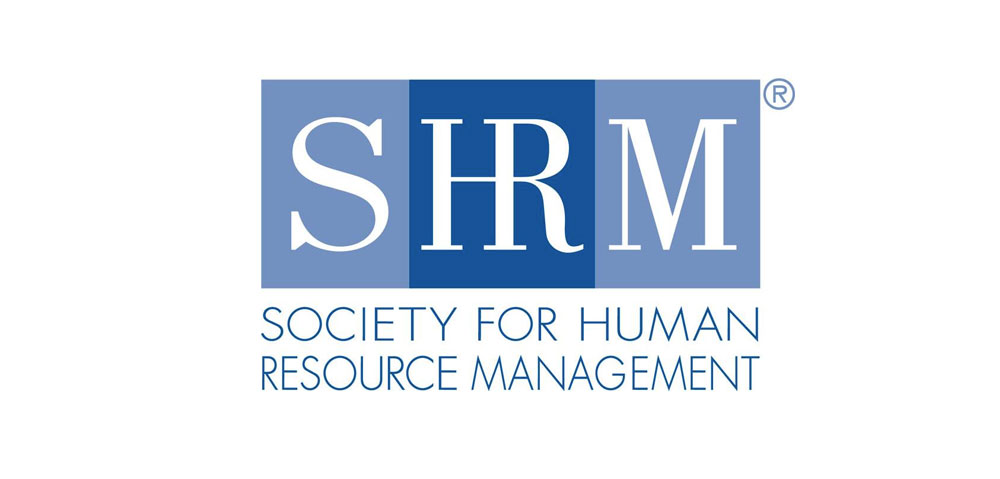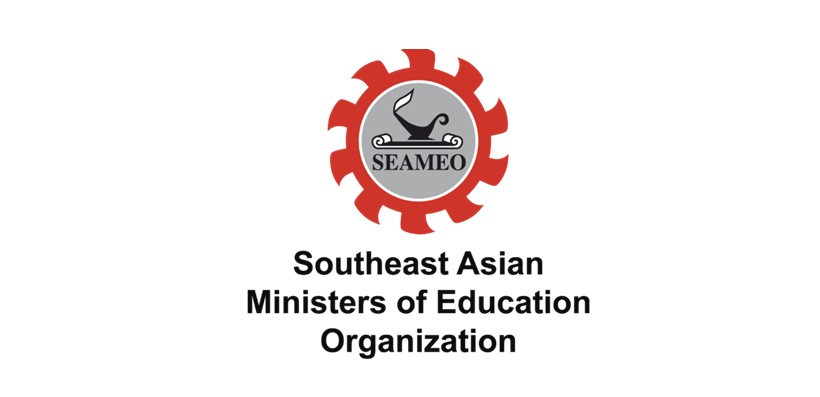Education News
Invention Led by Dr. Jianyin Yiyan, Rotating Chairman of the Board of Trustees, Wins Gold Medal at the 50th Geneva International Exhibition of Inventions (Online)
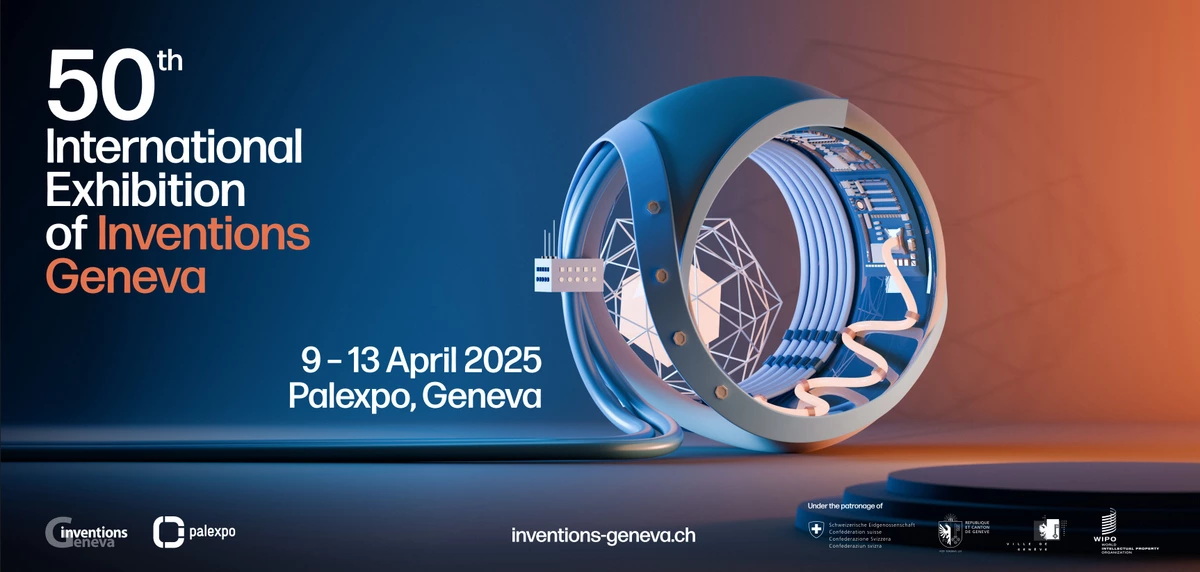
Invention Led by Dr. Jianyin Yiyan, Rotating Chairman of the Board of Trustees
Wins Gold Medal at the 50th Geneva International Exhibition of Inventions (Online)
The autonomous vegetable cultivation robot, a pioneering collaborative project spearheaded by Dr. Zhang Fuli, President of Hunan University of Information Technology, and Dr. Jianyin Yiyan, Rotating Chairman of the Board of Trustees of The Asia Pacific School of Business, has clinched the Gold Medal at the 50th Geneva International Exhibition of Inventions (Online). This accolade not only attests to the technological excellence of the innovation but also highlights the transformative potential of interdisciplinary collaboration in advancing precision agriculture—a field increasingly recognized as pivotal to addressing global food security challenges.
Technical Architecture and Innovation Paradigm
The household vegetable automatic cultivation robot embodies a paradigm shift in agricultural automation through its integration of adaptive cyber-physical systems (CPS) and predictive plant phenology modeling. Its operational framework is predicated on a multi-layered technical architecture: the perception layer, comprising soil moisture sensors (resolution: ±2% volumetric water content), quantum dot light intensity detectors (spectral range: 400-700nm), and hyperspectral crop growth monitors; the decision layer, powered by the uRCU intelligent system—an edge-computing platform equipped with a 64-bit RISC-V processor and a custom-trained convolutional neural network (CNN) for growth stage classification (accuracy: 98.7%); and the execution layer, featuring precision actuators with sub-millimeter positioning accuracy for seeding, variable-rate irrigation, and targeted fertilization.
This tripartite architecture enables the materialization of "plant-driven technology"—a novel concept where botanical physiological signals (e.g., stomatal conductance, chlorophyll fluorescence) autonomously trigger regulatory actions, rather than relying on preprogrammed schedules. Such a design philosophy aligns with the principles of agronomic cybernetics, allowing real-time calibration of environmental parameters (temperature: ±0.5℃; CO₂ concentration: ±50ppm) to match crop-specific phenological requirements. The system’s proprietary dynamic growth simulation algorithm—validated through 3,200 hours of controlled environment trials—models photosynthetic efficiency, nutrient uptake kinetics, and stress response mechanisms, generating optimal growth trajectories for 27 common vegetable species.
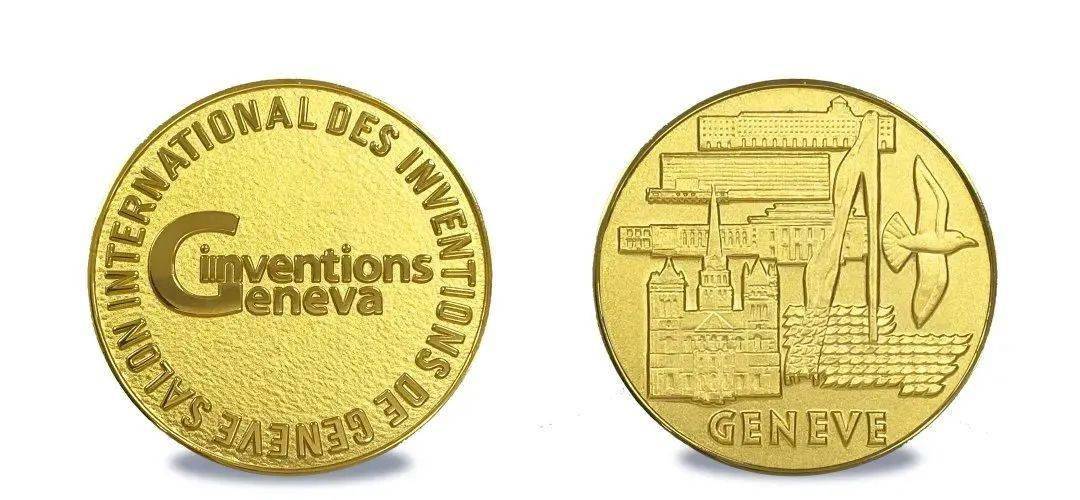
Intellectual Property Portfolio and Scalable Applications
The technological innovations underpinning the robot have been safeguarded by an extensive intellectual property portfolio, including 12 granted patents across three jurisdictions: U.S. Patent No. 11,426,789 (adaptive irrigation control), Luxembourg Patent LU101987 (multi-modal sensor fusion), and Chinese Invention Patent ZL202310245678.9 (autonomous weeding mechanism). Supplementary filings under the Patent Cooperation Treaty (PCT) extend protection to 42 additional countries, forming a comprehensive global IP shield. These patents collectively cover five core technological modules: adaptive control algorithms with reinforcement learning capabilities, energy-efficient sensor networks (power consumption: <1.2W), mechatronic actuation systems with self-diagnostic functions, cloud-based growth data analytics platforms, and cross-species cultivation parameter databases.
In practical deployment, the technology has been integrated into 17 large-scale agricultural systems spanning 8 countries, including a 50-hectare greenhouse complex in the Netherlands (specializing in cherry tomatoes), a 30-hectare vertical farm in Singapore (leafy greens), and a 200-hectare open-field cultivation project in China’s Ningxia Hui Autonomous Region (wolfberries). Post-implementation audits reveal consistent performance metrics: labor input reduction by 82-85% (equivalent to 1.2 full-time workers per hectare), water usage optimization of 45-62% (via soil-water potential thresholding), fertilizer utilization efficiency improvement of 40-58% (through nutrient uptake modeling), and yield stability enhancement (coefficient of variation reduced from 18% to 4.3%). Economic impact assessments indicate an average return on investment (ROI) of 217% within 24 months, with lifecycle carbon footprint reductions of 31% compared to conventional cultivation methods—validating its dual economic and environmental value proposition.
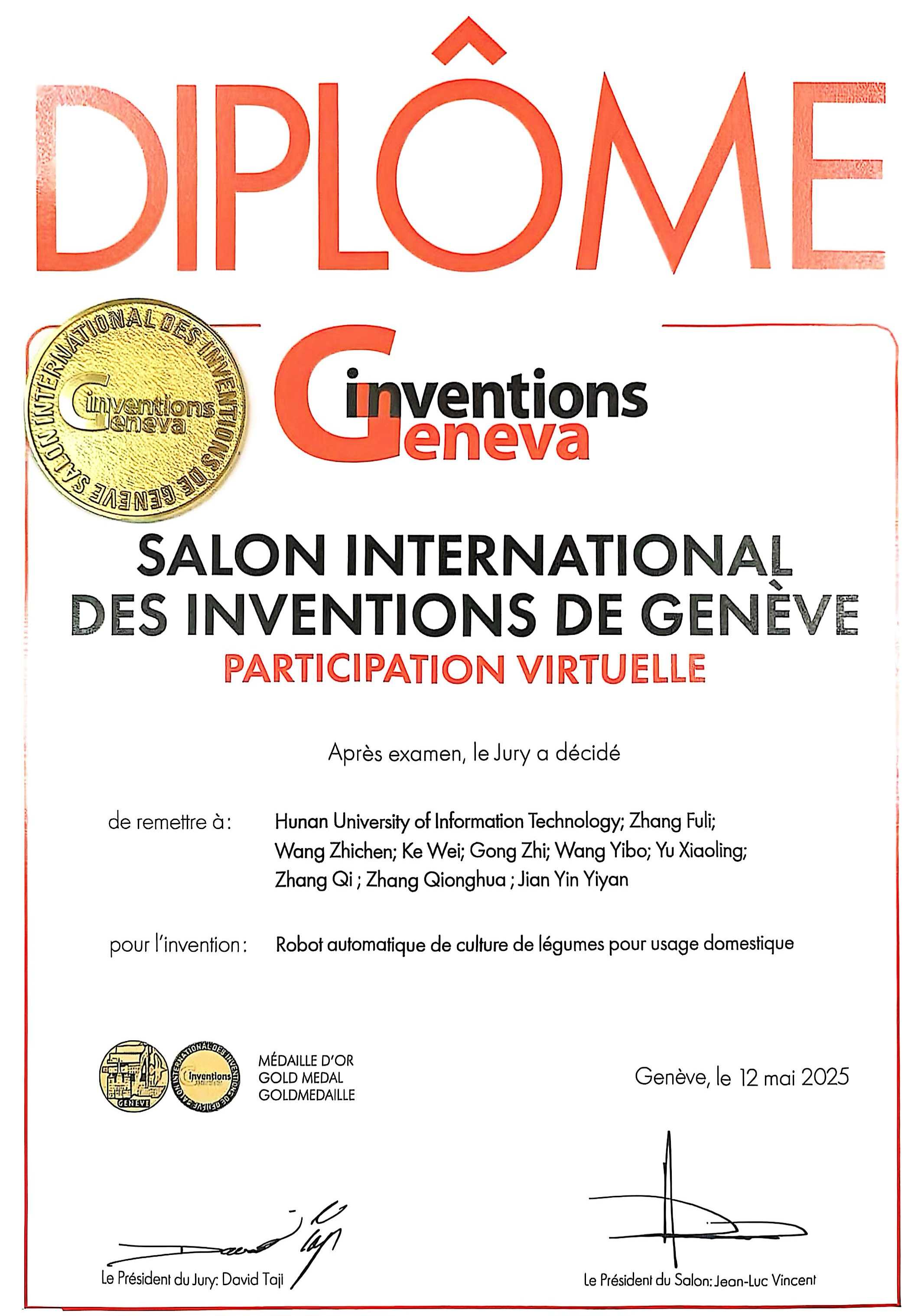
Collaborative Research Ecosystem
The collaborative framework between Hunan University of Information Technology (HUIT) and The Asia Pacific School of Business (APSB) exemplifies a trans-institutional innovation model, integrating academic rigor with practical applicability. HUIT’s contribution centered on hardware prototyping, sensor calibration, and agronomic validation—leveraging its State Key Laboratory of Intelligent Agricultural Equipment—while APSB provided expertise in global market analysis, cross-border IP strategy, and commercialization pathway design through its Center for Technology Transfer.
The research team, comprising Wang Zhichen (control systems engineer), Ke Wei (agronomist), Gong Zhi (AI algorithm specialist), Wang Yibo (mechanical designer), Yu Xiaoling (sensor technologist), Zhang Qi (data analyst), and Zhang Qionghua (IP strategist), represents a convergence of disciplinary expertise. Their collaborative process—structured around agile development cycles with biweekly cross-functional reviews—facilitated rapid iteration from conceptual design to field deployment, compressing the innovation timeline by 40% compared to traditional academic research models.
The Prestige of the Geneva International Exhibition of Inventions
Founded in 1973 under the auspices of the Swiss Federal Council, Canton of Geneva, City of Geneva, and the World Intellectual Property Organization (WIPO), the Geneva International Exhibition of Inventions maintains unparalleled prestige as the oldest continuously running international invention showcase. The 50th edition (2023) featured 1,084 inventions from 64 countries, evaluated by a 78-member jury comprising academicians, industry experts, and patent examiners. The adjudication criteria—weighted at 30% for novelty, 25% for technical merit, 20% for practical utility, 15% for social impact, and 10% for commercial potential—undergo annual refinement to reflect emerging technological paradigms.
Winning entries in the agricultural technology category (one of 12 thematic sectors) demonstrated a 42% increase in patent citations compared to non-winning innovations, according to a 2022 WIPO analysis, underscoring the exhibition’s role as a barometer of technological significance. The gold medal awarded to the autonomous vegetable cultivation robot places it in the top 0.8% of entries—a distinction that validates its potential to redefine sustainable agriculture practices globally.
Conclusion: Technological Implications for Agricultural Transformation
This award-winning innovation transcends mere automation, embodying a digital agriculture 4.0 paradigm that integrates artificial intelligence, precision engineering, and ecological science. By decoupling crop production from labor constraints and environmental variability, it addresses three critical global challenges: aging agricultural workforces in developed economies, resource scarcity in arid regions, and food safety concerns in urbanized populations. The successful cross-institutional collaboration between HUIT and APSB further illustrates the efficacy of academia-industry partnerships in accelerating technology transfer from laboratory to marketplace.
As global food demand is projected to increase by 59-98% by 2050 (FAO, 2022), such innovations in precision cultivation systems will play an indispensable role in achieving sustainable development goal 2 ("Zero Hunger"). The Geneva gold medal not only recognizes past achievements but also signals the technology’s potential to scale across diverse agricultural ecosystems, marking a significant milestone in the evolution of intelligent farming technologies.
News report from the Chinese government website: https://www.gov.cn/yaowen/liebiao/202504/content_7018514.htm



